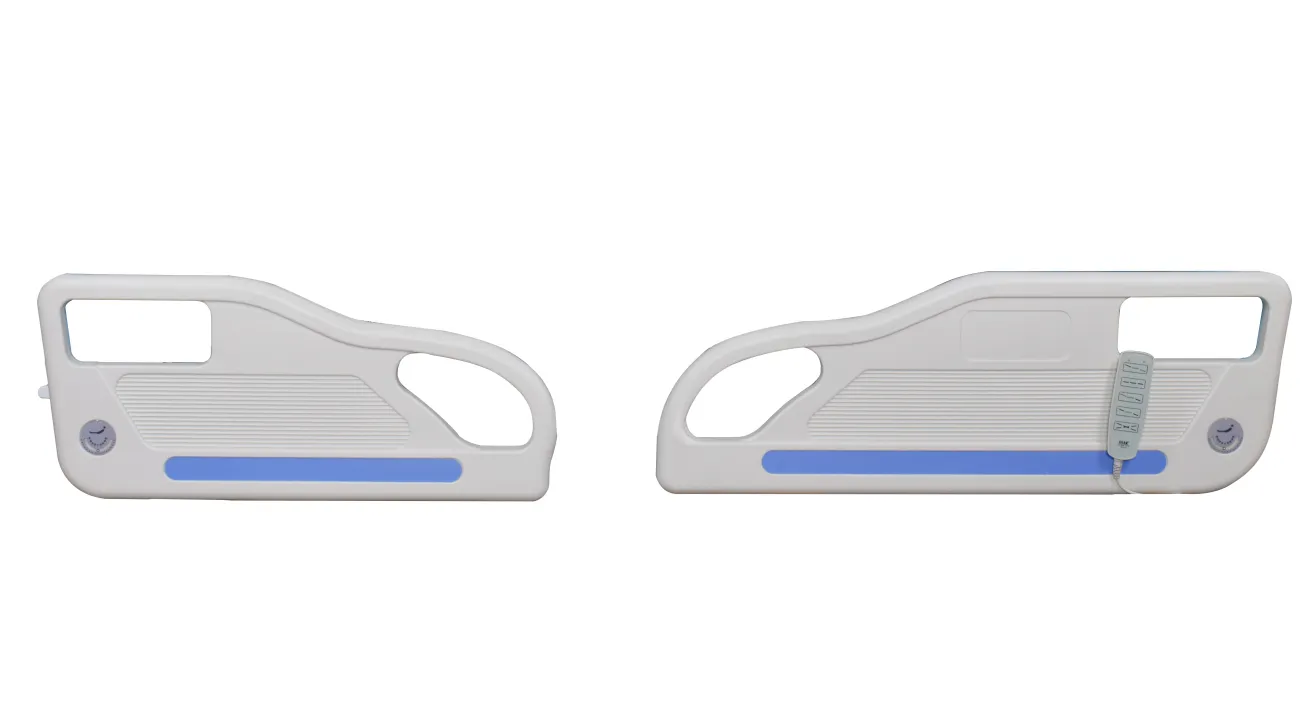Welcome to our websites!
stretcher trolley bed
The Essential Role of Stretcher Trolley Beds in Emergency Healthcare
In the fast-paced environment of emergency healthcare, every second counts. Among the most crucial equipment found in hospitals and ambulances are stretcher trolley beds. These beds play a vital role in ensuring that patients receive timely and efficient medical attention during transportation. This article explores the significance, features, and benefits of stretcher trolley beds in medical emergencies.
Stretcher trolley beds, often referred to simply as stretchers or trolleys, are designed to transport patients safely and comfortably. They are commonly utilized in emergency rooms, ambulances, and during inter-hospital transfers. The primary function of these beds is to stabilize patients while allowing healthcare professionals to move them quickly from one location to another. This ability to transport patients efficiently is invaluable, especially in urgent situations such as accidents, heart attacks, or strokes, where swift medical intervention is crucial.
One of the key features of stretcher trolley beds is their adjustable height. This functionality allows emergency personnel to raise or lower the bed to match the height of other medical equipment, such as hospital beds or imaging machines. Additionally, many modern stretcher trolleys come equipped with wheels that have locking mechanisms for stability during patient transfer. The wheels often have a 360-degree swivel capacity, allowing healthcare workers to maneuver them easily through crowded hallways and doorways.
stretcher trolley bed

Comfort is another important consideration in the design of stretcher trolley beds. Patients may be in significant pain or distress during transportation, making comfort features like cushioned surfaces and supportive headrests essential. Many stretchers are also designed with safety straps to secure patients and prevent any movement during transit, thus reducing the risk of further injury.
Moreover, stretcher trolley beds are made from materials that are easy to clean and disinfect, an important factor in controlling infection within healthcare settings. Many manufacturers have also integrated lightweight materials into their designs, making it easier for healthcare professionals to lift and maneuver the stretchers. This is particularly beneficial in emergency situations where time is of the essence.
The role of stretcher trolley beds extends beyond patient transportation; they also serve as a temporary examination platform. In many cases, emergency personnel can initiate basic medical assessments or treatments while the patient remains on the stretcher, streamlining the overall healthcare process.
In conclusion, stretcher trolley beds are indispensable tools in the emergency healthcare landscape. Their design and functionality not only enhance the safety and comfort of patients but also improve the operational efficiency of medical teams. As technology advances, we can expect to see further innovations in stretcher design, potentially incorporating features such as telemetry for monitoring vital signs during transport. Ultimately, the stretcher trolley bed continues to be a cornerstone of emergency medical services, allowing for efficient patient care in times of critical need.
-
Transforming Healthcare with Hospital FurnitureNewsJun.24,2025
-
Rehabilitation EquipmentNewsJun.24,2025
-
Mobility and Independence with WheelchairsNewsJun.24,2025
-
Freedom of Mobility with Our Rollator WalkersNewsJun.24,2025
-
Comfort and Independence with Commode ChairsNewsJun.24,2025
-
Bathing Safety and Independence with Shower ChairsNewsJun.24,2025
-
Navigating the Wholesale Landscape of Electric Mobility Solutions: Key Considerations for Power Wheelchair DealersNewsJun.10,2025











